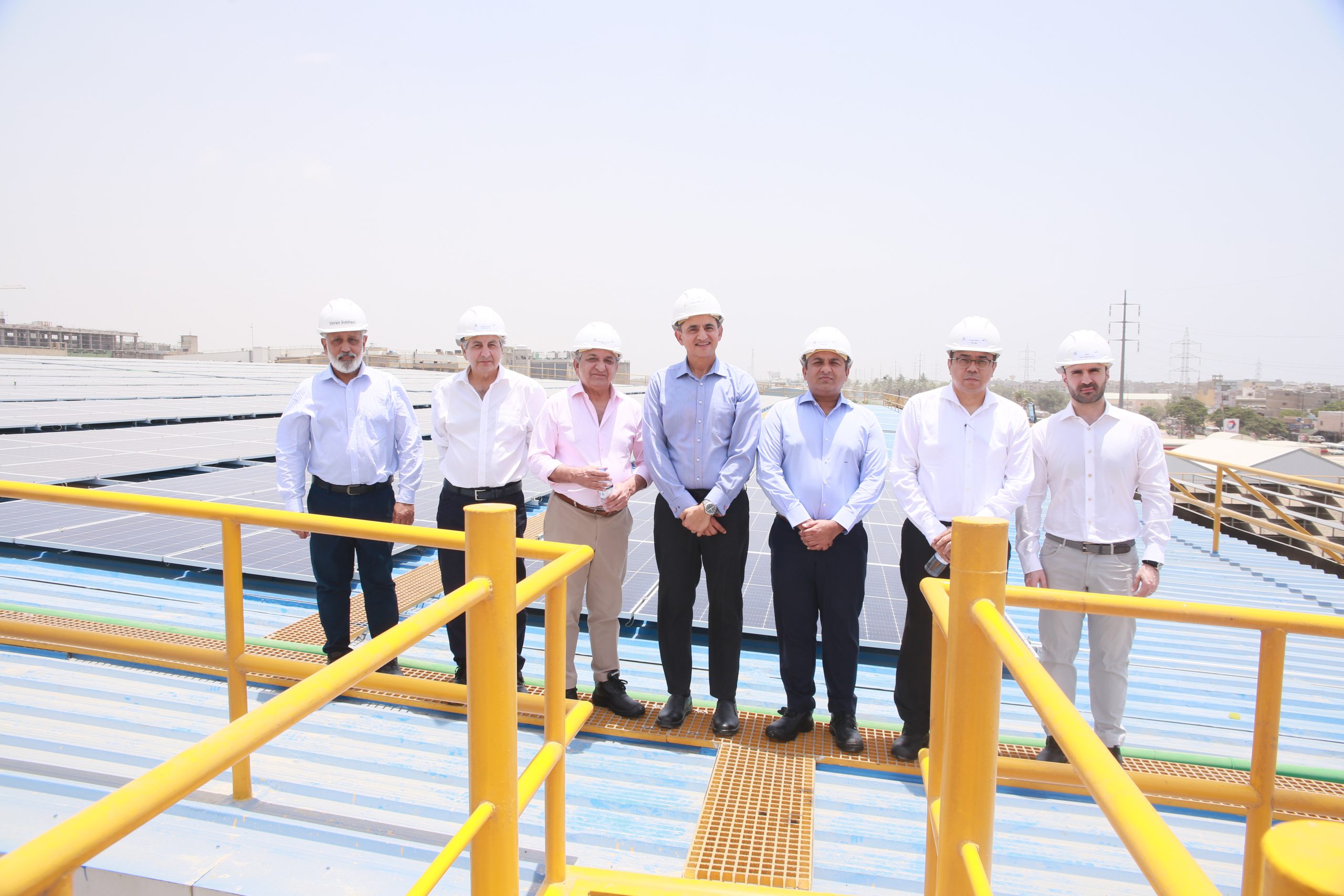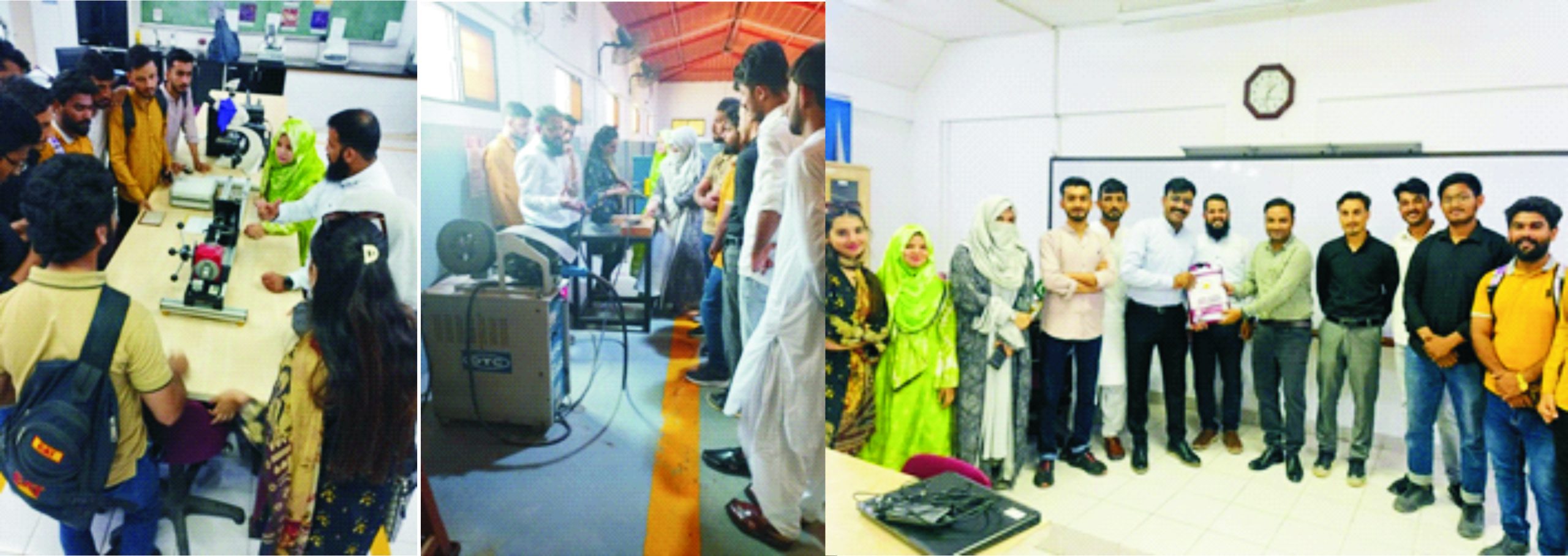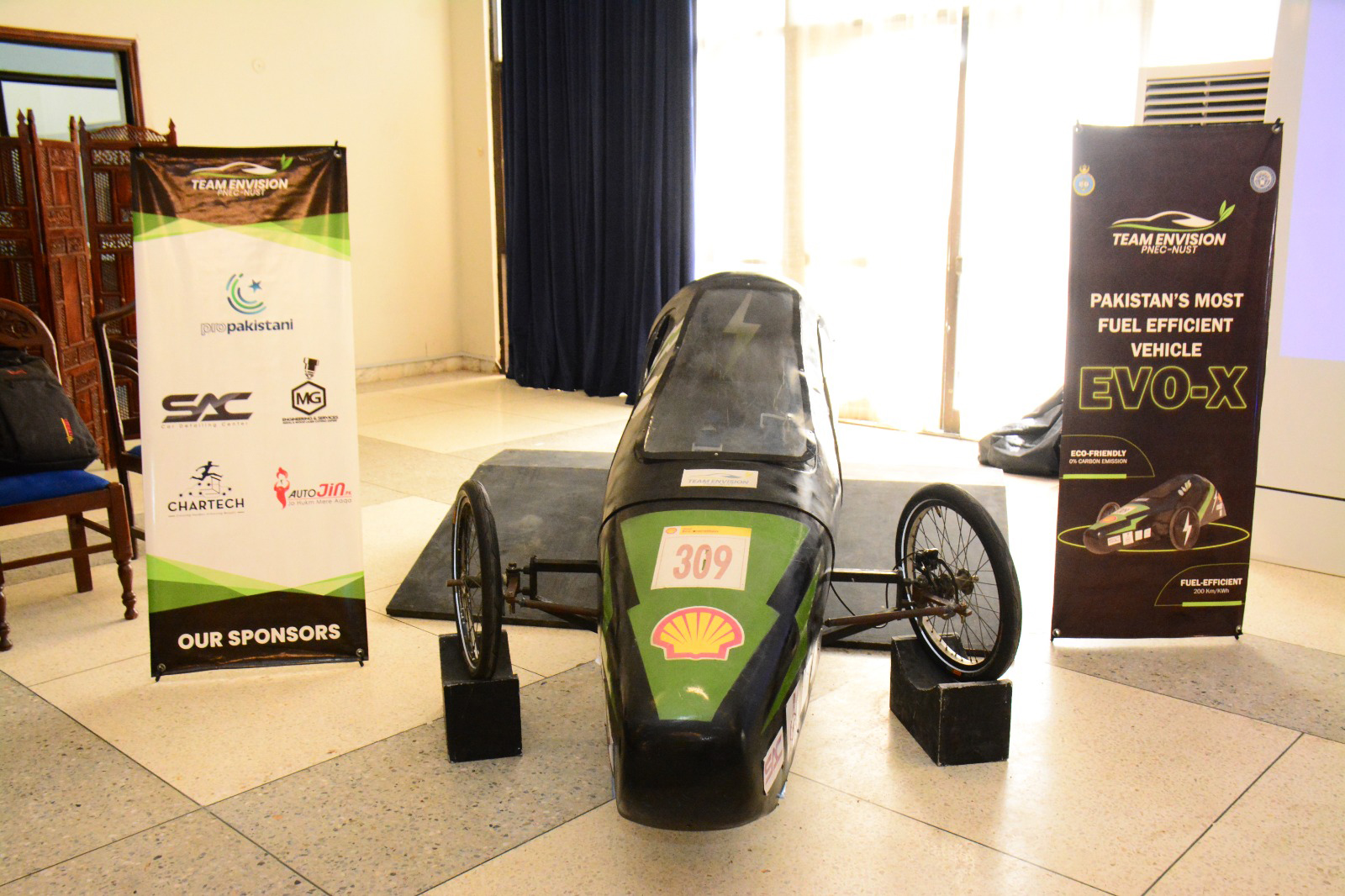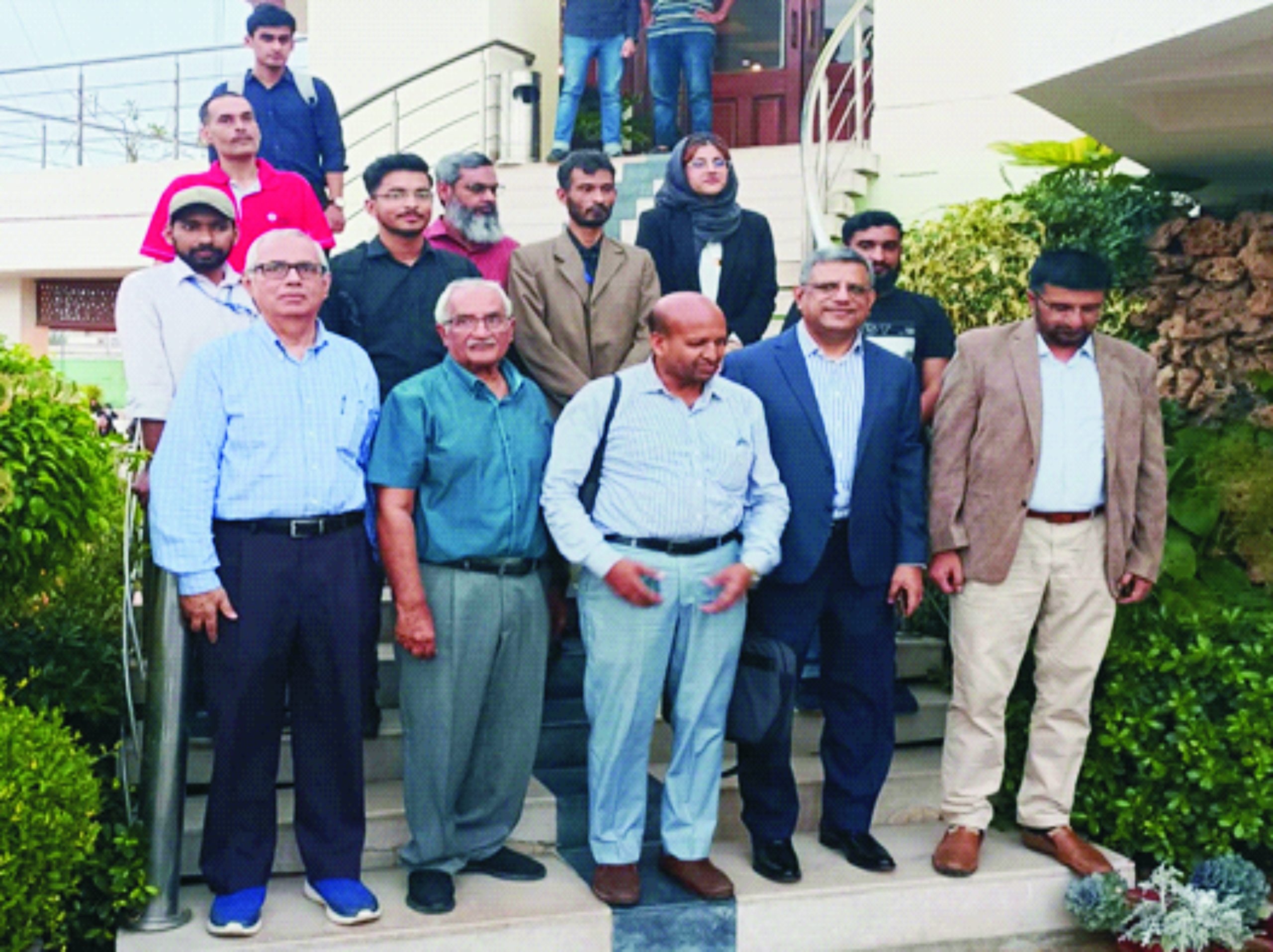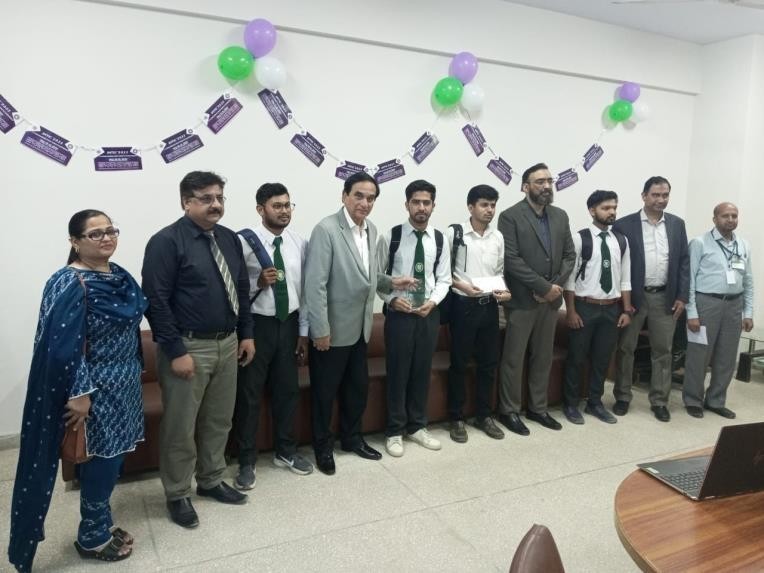International Industries Ltd. (IIL) Goes Green with Installation of
1 MW Solar Power System
International Industries Limited (IIL), Pakistan’s largest manufacturer & exporter of steel and polymer pipes, proudly announces the successful commissioning of […]

